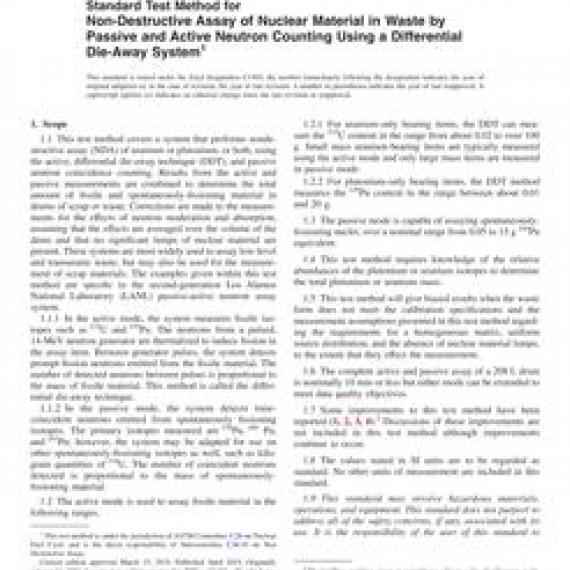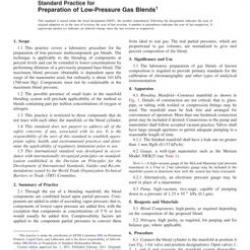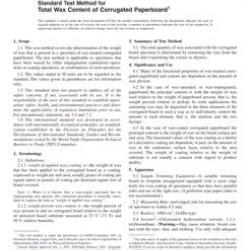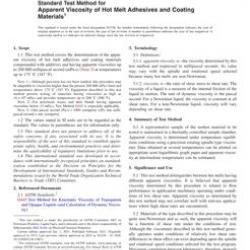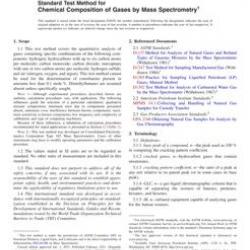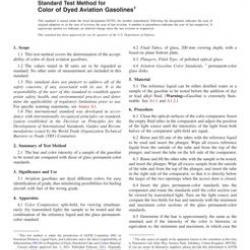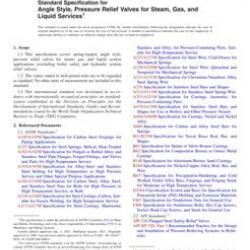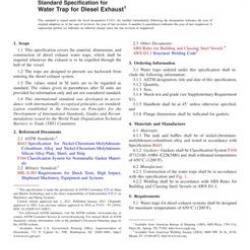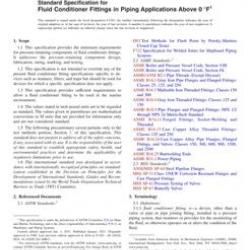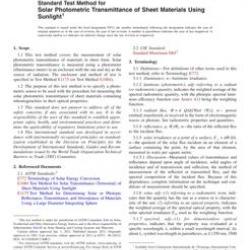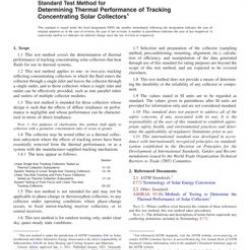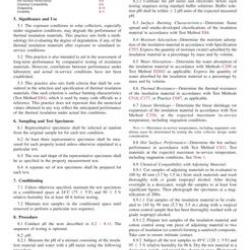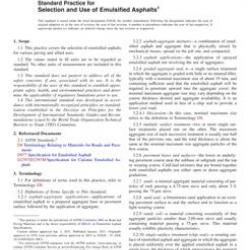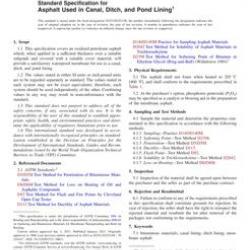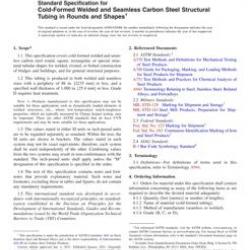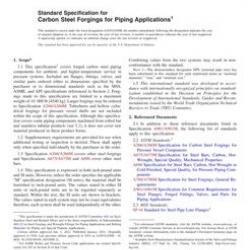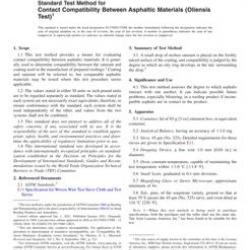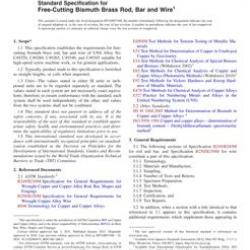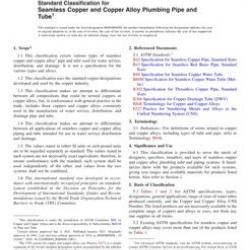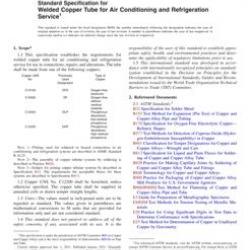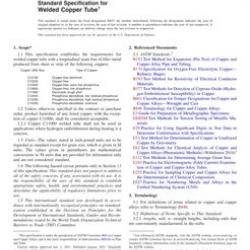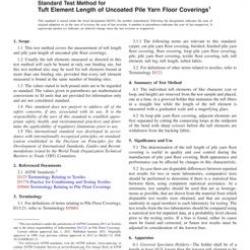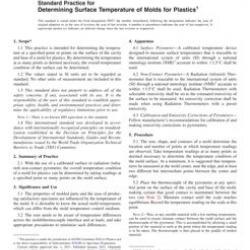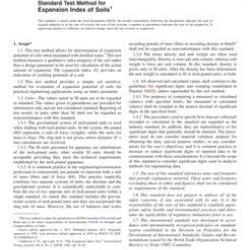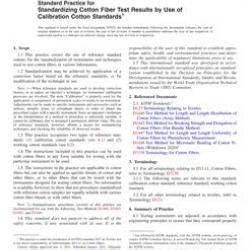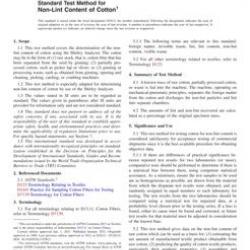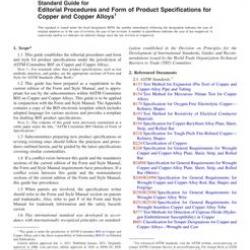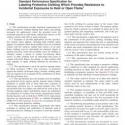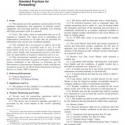No products
ASTM C1493-19
ASTM C1493-19 Standard Test Method for Non-Destructive Assay of Nuclear Material in Waste by Passive and Active Neutron Counting Using a Differential Die-Away System
standard by ASTM International, 03/15/2019
Full Description
1.1This test method covers a system that performs nondestructive assay (NDA) of uranium or plutonium, or both, using the active, differential die-away technique (DDT), and passive neutron coincidence counting. Results from the active and passive measurements are combined to determine the total amount of fissile and spontaneously-fissioning material in drums of scrap or waste. Corrections are made to the measurements for the effects of neutron moderation and absorption, assuming that the effects are averaged over the volume of the drum and that no significant lumps of nuclear material are present. These systems are most widely used to assay low-level and transuranic waste, but may also be used for the measurement of scrap materials. The examples given within this test method are specific to the second-generation Los Alamos National Laboratory (LANL) passive-active neutron assay system.
1.1.1In the active mode, the system measures fissile isotopes such as235U and239Pu. The neutrons from a pulsed, 14-MeV neutron generator are thermalized to induce fission in the assay item. Between generator pulses, the system detects prompt-fission neutrons emitted from the fissile material. The number of detected neutrons between pulses is proportional to the mass of fissile material. This method is called the differential die-away technique.
1.1.2In the passive mode, the system detects time-coincident neutrons emitted from spontaneously fissioning isotopes. The primary isotopes measured are238Pu,240 Pu, and242Pu; however, the system may be adapted for use on other spontaneously-fissioning isotopes as well, such as kilogram quantities of238U. The number of coincident neutrons detected is proportional to the mass of spontaneously-fissioning material.
1.2The active mode is used to assay fissile material in the following ranges.
1.2.1For uranium-only bearing items, the DDT can measure the235U content in the range from about 0.02 to over 100 g. Small mass uranium-bearing items are typically measured using the active mode and only large mass items are measured in passive mode.
1.2.2For plutonium-only bearing items, the DDT method measures the239Pu content in the range between about 0.01 and 20 g.
1.3The passive mode is capable of assaying spontaneously-fissioning nuclei, over a nominal range from 0.05 to 15 g240Pu equivalent.
1.4This test method requires knowledge of the relative abundances of the plutonium or uranium isotopes to determine the total plutonium or uranium mass.
1.5This test method will give biased results when the waste form does not meet the calibration specifications and the measurement assumptions presented in this test method regarding the requirements for a homogeneous matrix, uniform source distribution, and the absence of nuclear material lumps, to the extent that they effect the measurement.
1.6The complete active and passive assay of a 208 L drum is nominally 10 min or less but either mode can be extended to meet data quality objectives.
1.7Some improvements to this test method have been reported (1, 2, 3, 4).2 Discussions of these improvements are not included in this test method although improvements continue to occur.
1.8The values stated in SI units are to be regarded as standard. No other units of measurement are included in this standard.
1.9This standard may involve hazardous materials, operations, and equipment. This standard does not purport to address all of the safety concerns, if any, associated with its use. It is the responsibility of the user of this standard to establish appropriate safety, health, and environmental practices and determine the applicability of regulatory limitations prior to use. Specific precautionary statements are given in Section 8.
1.10This international standard was developed in accordance with internationally recognized principles on standardization established in the Decision on Principles for the Development of International Standards, Guides and Recommendations issued by the World Trade Organization Technical Barriers to Trade (TBT) Committee.

